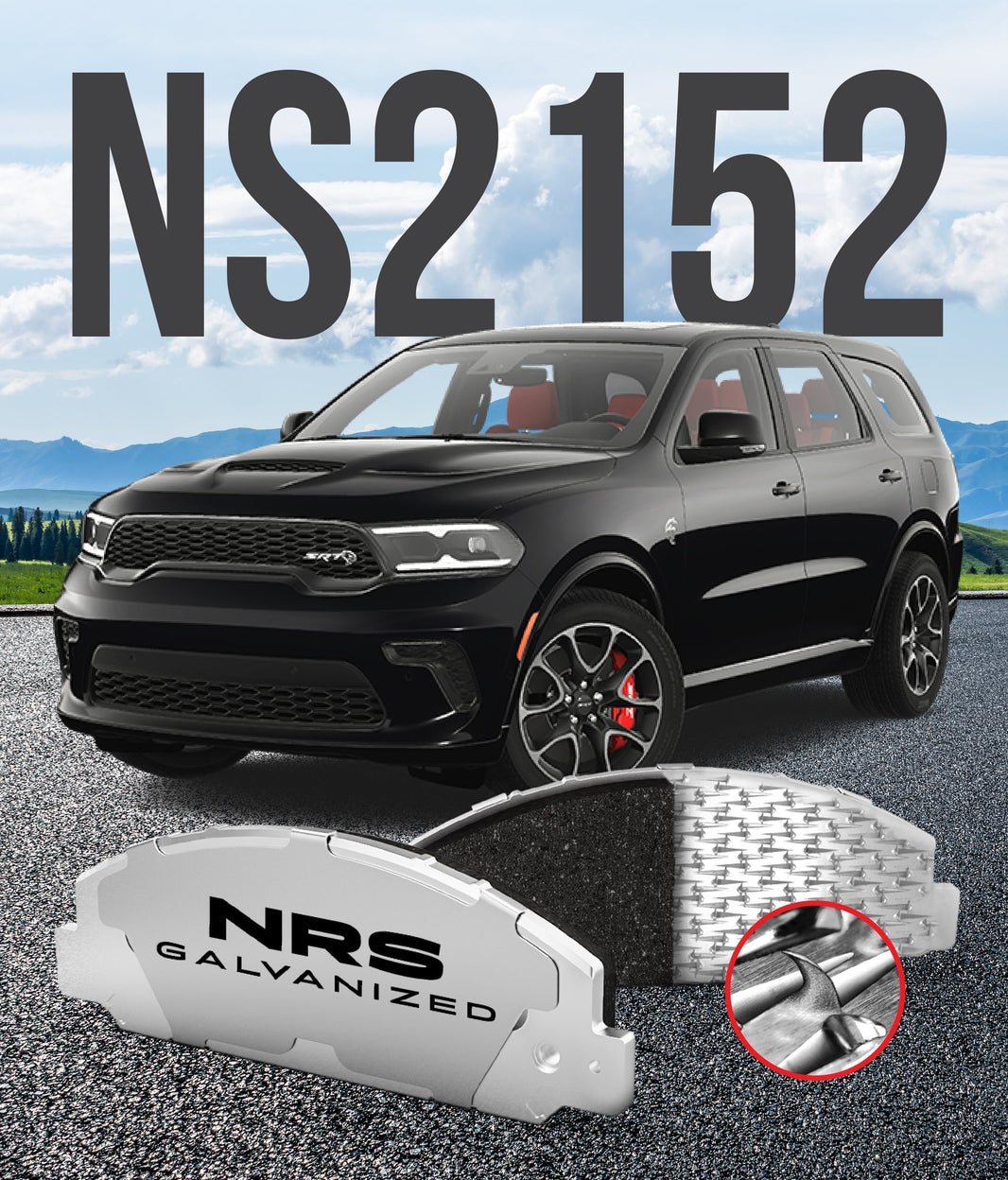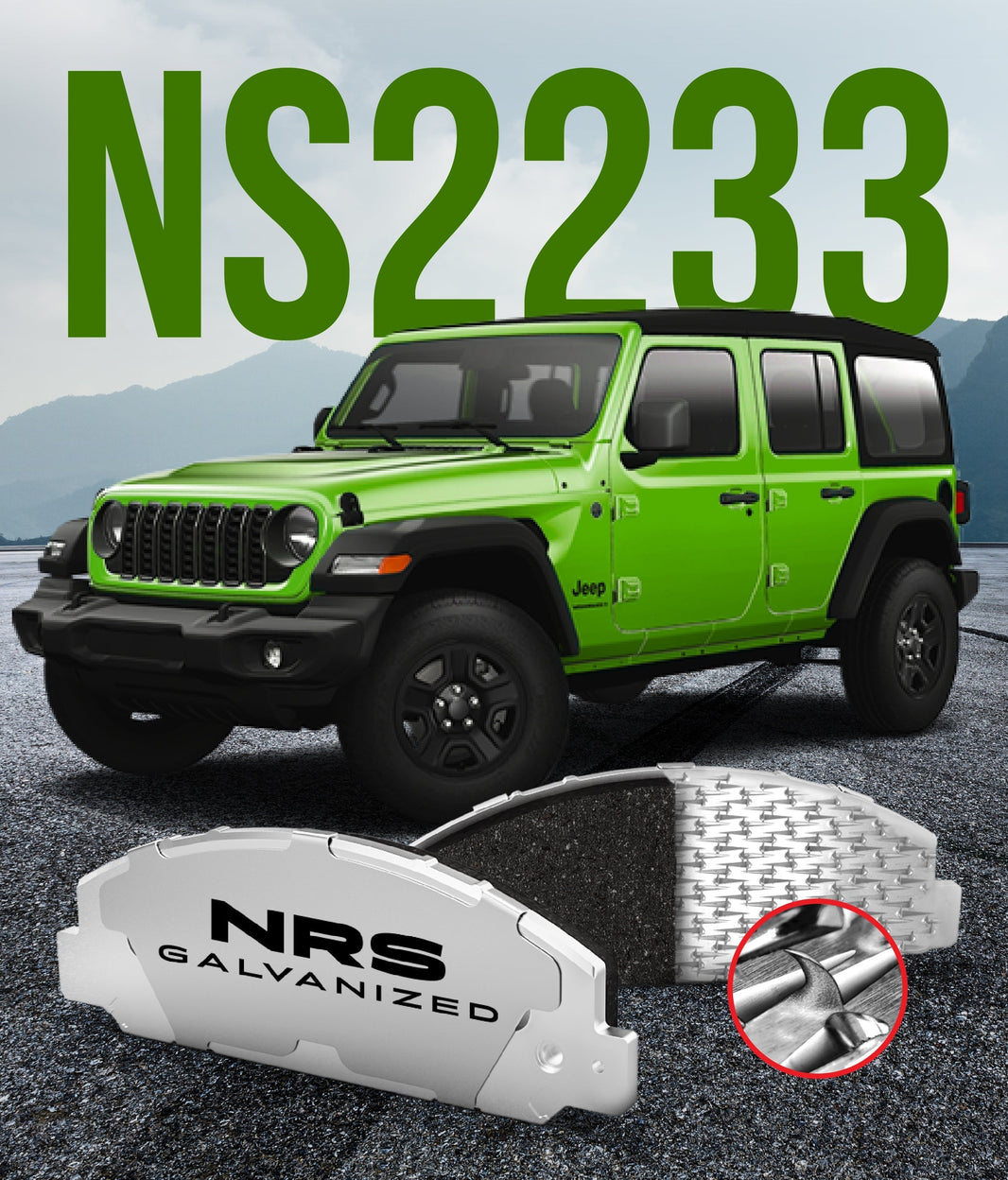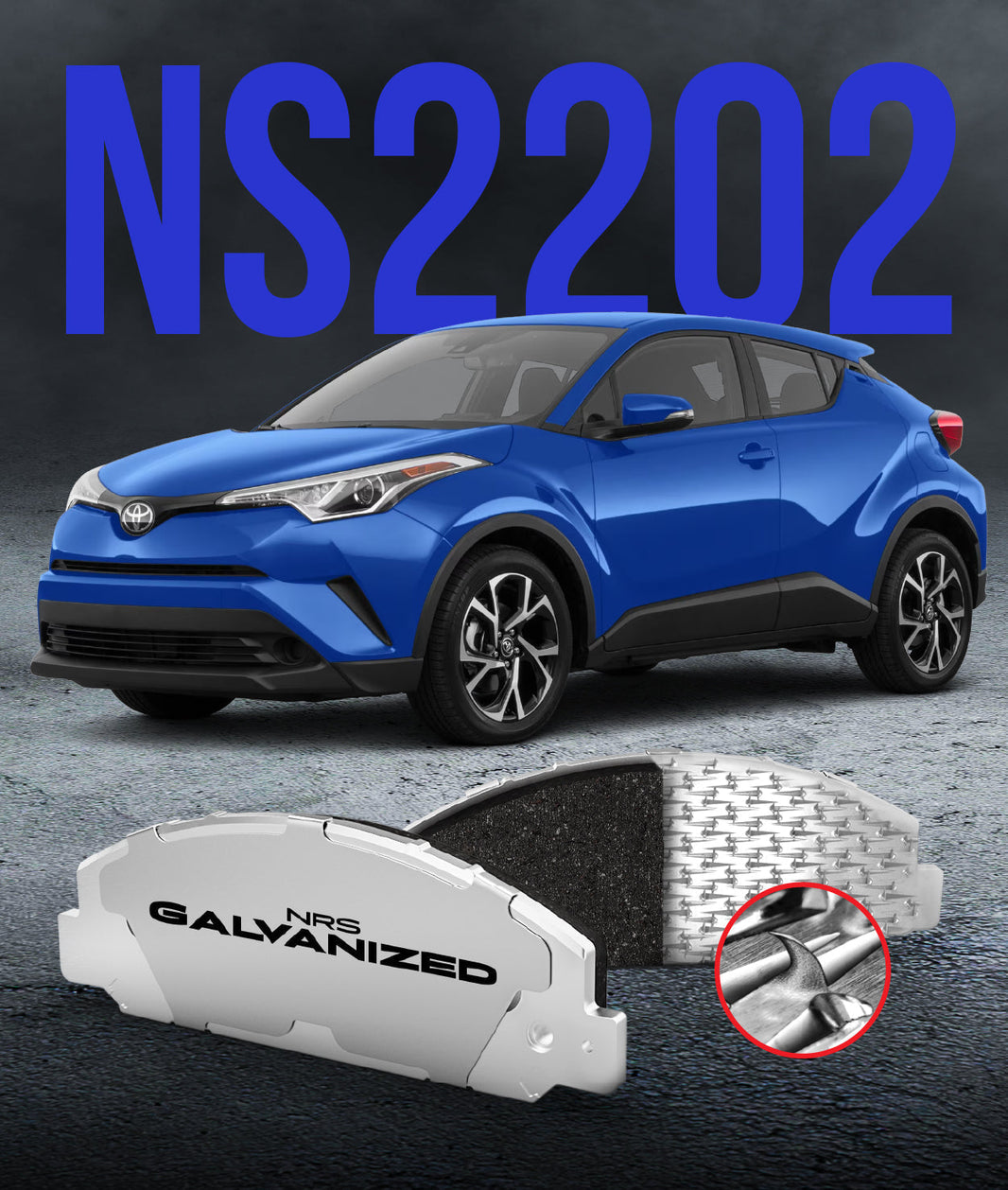
As a fleet manager, what are the two greatest threats to your operation's profitability and reputation? The answer for most is unscheduled vehicle downtime and a serious safety incident. A well-structured approach to commercial vehicle brake pad maintenance is one of your most effective tools for defending against both.
Your vehicles are the lifeblood of your business, and their brakes are the most critical safety system they have. This guide provides a straightforward framework for managing your fleet's brakes. It will help you improve safety, reduce costs, and keep your vehicles on the road where they belong.
Why Commercial Brakes Are a Different Breed
It is a common mistake to think of the brakes on your commercial vans or trucks in the same way as those on a personal car. While the basic principles are the same, the demands are vastly different. Your fleet vehicles operate under constant, severe stress.
Think of the difference between a casual walker's sneakers and a soldier's combat boots. One is designed for comfort and occasional use, while the other is built for extreme loads and relentless punishment. Commercial brake systems are engineered for the harshest conditions, carrying heavy payloads through constant stop-and-go traffic, day in and day out.
The Core Components of a Fleet Maintenance Program
An effective brake maintenance strategy moves your operation from a reactive model to a proactive one. Instead of fixing brakes when they fail, you service them based on a carefully planned schedule. This approach is built on three essential pillars.
A comprehensive fleet maintenance program reduces unexpected failures and their associated costs. It creates a culture of safety and preparedness.
Establishing a Proactive Inspection Schedule
The foundation of any good program is a regular and rigorous inspection schedule. This cannot be based on mileage alone, as vehicle usage can vary dramatically. You need a two-tiered approach to inspections.
First, institute mandatory daily pre-trip inspections by your drivers. Second, ensure your technicians perform detailed brake system checks at every scheduled service interval. This regular scrutiny is your best defense against unforeseen problems.
Training Your Drivers to Be the First Line of Defense
Your drivers are in the unique position to notice small problems before they become catastrophic failures. They can feel changes in brake performance that a technician in the shop might miss. Proper training turns them into an invaluable early warning system.
Instruct your drivers to report any of the following symptoms immediately. A vehicle exhibiting a new brake issue should be taken out of service until it can be inspected. This includes any new noises, changes in pedal feel, or the vehicle pulling to one side during braking.
Choosing the Right Brake Components
Selecting brake parts for your fleet is a strategic decision that directly impacts your bottom line and liability. Opting for the cheapest available brake pad is almost always a costly mistake in the long run. Durability and reliability are the most important qualities.
You must specify heavy-duty pads designed for fleet use. These components use advanced friction materials that can withstand high temperatures and resist wear under heavy loads. Their superior longevity means fewer replacements, less downtime, and a lower total cost of ownership.
Key Inspection Points for Technicians
When a vehicle is in the shop for service, your technicians need a clear and consistent checklist for brake inspections. This ensures that nothing is overlooked and that standards are applied evenly across the entire fleet. A systematic approach is crucial for accuracy.
This checklist goes beyond simply measuring the thickness of the brake pads. It involves a holistic assessment of the entire braking system at each wheel.
-
Pad Thickness: Technicians should measure the remaining friction material with a brake pad gauge and compare it to the minimum service specification.
-
Uneven Wear Patterns: Inspecting the old pads for tapering or uneven wear is a key diagnostic step that points to underlying hardware or caliper issues.
-
Rotor Condition: Rotors should be checked for signs of extreme heat, such as blue or dark spots, as well as deep grooves, scoring, or cracks.
-
Caliper Function: The technician must confirm that the caliper slide pins move freely and that the pistons retract smoothly into the caliper body.
-
Brake Hoses and Lines: A visual inspection should be performed to check for any cracks, bulges, rubbing, or fluid leaks in the flexible brake hoses.
The True Cost of Brake Maintenance: Beyond the Parts Invoice
Effective fleet managers understand that the true cost of any repair is more than just the price on the invoice. To make the most cost-effective decisions, you must consider the Total Cost of Ownership (TCO) for your brake components. A cheaper part that requires more frequent service is not a bargain.
Calculating the real cost involves looking at the complete picture. This helps you justify investing in premium, long-lasting components.
-
Price of Components: This is the initial, upfront cost of the brake pads, rotors, and any necessary hardware.
-
Labor Costs: This is the expense of the technician's time required to perform the brake replacement service.
-
Vehicle Downtime: This is the most significant and often overlooked cost. Every hour a vehicle spends in the service bay is an hour it is not on the road generating revenue.
-
Frequency of Replacement: This ties everything together. A premium pad might cost more initially but will cost far less over time if it lasts twice as long as a cheaper alternative, cutting all other associated costs in half.
The Role of Technology in Modern Fleets
New technologies are providing fleet managers with powerful tools to monitor brake health and driver behavior. These systems can provide data that allows for more predictive and efficient maintenance scheduling. They help you get ahead of problems before they occur.
Many modern commercial vehicles are equipped with electronic brake wear sensors. These sensors will illuminate a warning light on the dashboard, providing a direct and unmistakable alert that a brake service is needed. Additionally, vehicle telematics can track instances of hard braking, helping you identify drivers or routes that are particularly tough on brake components.
Conclusion: An Investment in Safety and Uptime
A systematic and proactive approach to commercial vehicle brake pad maintenance is not a cost center; it is a critical investment in your fleet's future. It is fundamental to protecting your drivers, the public, and your company's financial health. A well-maintained brake system is a reliable and predictable one.
By creating a program built on regular inspections, driver training, and the use of high-quality, durable components, you directly reduce costly downtime and lower your operational risk. At our company, we have engineered what we believe are the Best Brake Pads for fleet applications, with patented technology designed to withstand the punishment of commercial use. We understand that for a fleet manager, the best brake pad is the one you can install with confidence and forget about for the longest possible time.
What is the biggest challenge you face when managing maintenance schedules and costs for your fleet?




